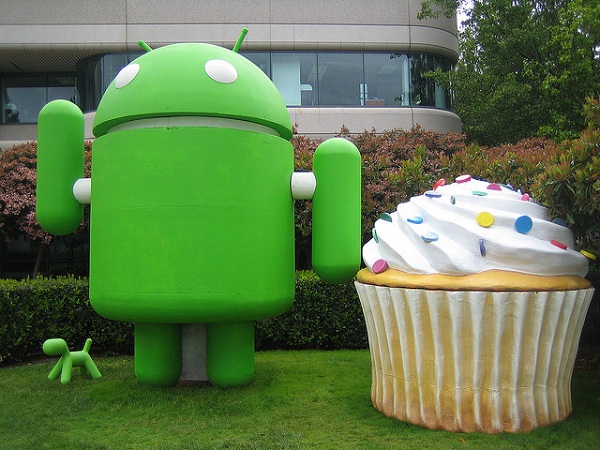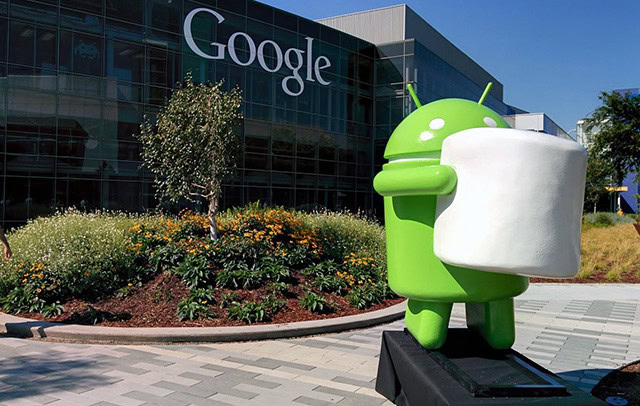Affiliate links on Android Authority may earn us a commission. Learn more.
The history of Android: The evolution of the biggest mobile OS in the world
Published onOctober 15, 2024
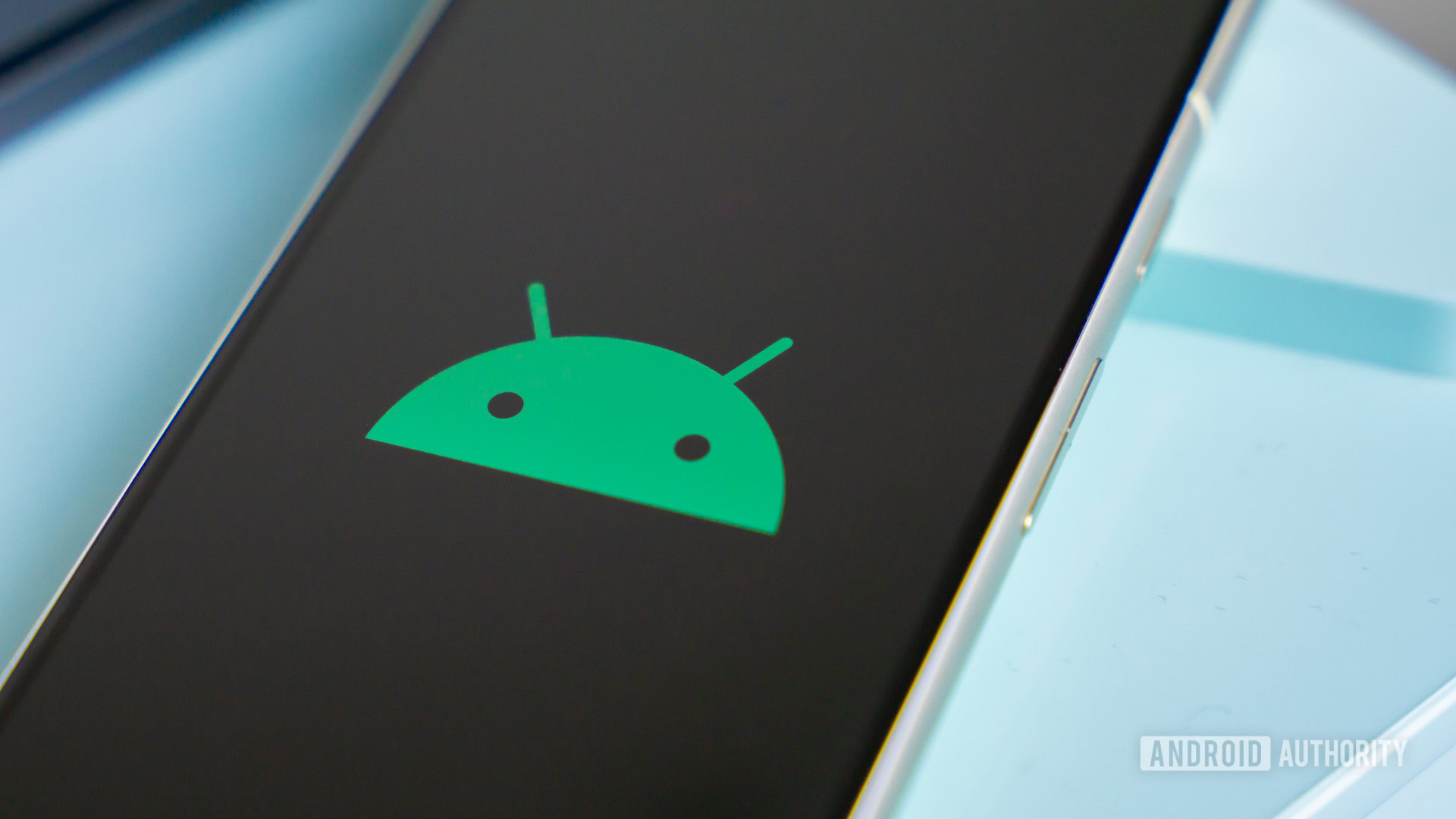
Sometimes, it feels like we’ve been running Google’s mobile OS on our Android devices forever. However, it’s been 16 years since the first official Android phone hit store shelves. The key decision in Android history was Google’s commitment to make Android an open-source operating system. That allowed it to become highly popular with third-party phone makers. Just a few years after the launch of Android 1.0, smartphones powered by the new OS were everywhere.
Fast-forward to now, and we are on Android 15. The OS has become the most popular mobile operating system globally. It has defeated its many competitors like Symbian, BlackBerry, Palm OS, webOS, and Windows Phone (most of which have died along the way). Apple’s iOS is the only platform still standing as a serious competitor to Android. That situation doesn’t look like it will change anytime soon.
Let’s take a look at the Android history so far.
The founding of Android
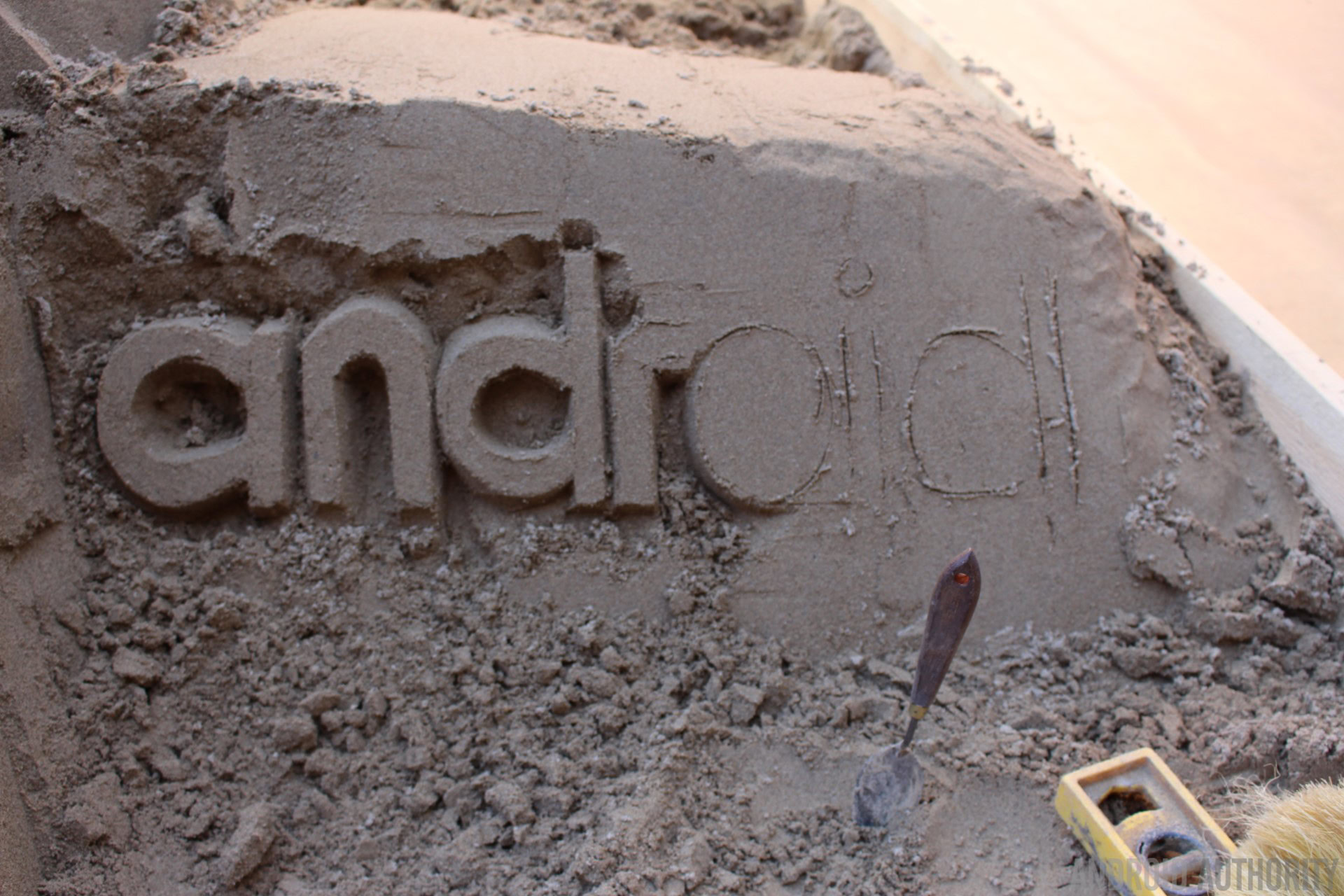
Android history began in October 2003. This was well before the term smartphone became ubiquitous. It was also several years before Apple announced the first iPhone and iOS. Android Inc was founded in Palo Alto, California. Rich Miner, Nick Sears, Chris White, and Andy Rubin were its four founders. At the time, Rubin mentioned Android Inc would develop “smarter mobile devices that are more aware of its owner’s location and preferences.”
Rubin revealed in a 2013 speech in Tokyo that Android OS was originally meant to improve the operating systems of digital cameras. Even back then, the market for stand-alone digital cameras was declining. A few months later, Android Inc shifted gears towards using the OS inside mobile phones.
Google bought Android in 2005 and everything changed.
In 2005, the next significant chapter in Android history began when Google acquired the original company. Rubin and other founding members continued developing the OS under their new owners. They then decided to use Linux as the basis for the Android OS. That made it possible to offer the operating system to third-party mobile manufacturers for free. Google and the Android team felt the company could profit from providing other services, including apps.
Rubin stayed at Google as head of the Android team until 2013, when the Mountain View company announced Andy would be leaving the division. In late 2014, Rubin left Google altogether and launched a startup business incubator before eventually returning to the smartphone business with the ill-fated Essential in 2017.
The Android logo

Irina Blok created the now-familiar logo for the Android OS while working for Google. It looks like a combination of a robot and a green bug. Blok has said the only directive the Google design team gave her was to make the logo look like a robot. Blok also stated that one of her inspirations for the final design for the Android mascot was the familiar restroom logos representing “Men” and “Women.”
One thing that Blok and Google decided was to make the Android robot itself an open-source project. Nearly every other huge company would protect such a logo or mascot from redesigns. However, tons of people have modified Android’s logo, because Google allows such changes under the Creative Commons 3.0 Attribution License.
The Android mascot — also known as just “Andy” — was overhauled alongside much of Android’s branding in 2019. Andy may have lost his body, but the new look is now more ubiquitous across Android’s branding.
Android 1.0: The beginning of Android history
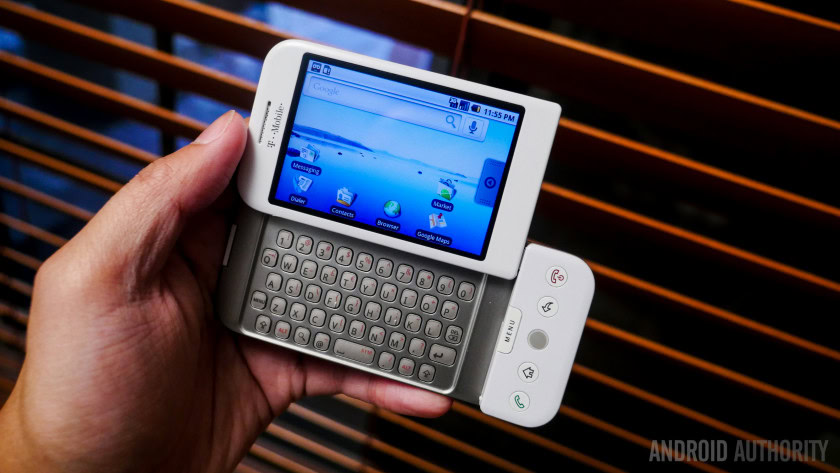
In 2007, Apple launched the first iPhone and ushered in a new era in mobile computing. At the time, Google was still working on Android in secret, but in November of that year, the company slowly started to reveal its plans to compete with Apple and other mobile platforms. In a major development, Google led the formation of the Open Handset Alliance. It included phone makers like HTC and Motorola, chip manufacturers such as Qualcomm and Texas Instruments, and carriers including T-Mobile.
Then Google Chairman and CEO Eric Schmidt was quoted for saying, “Today’s announcement is more ambitious than any single ‘Google Phone’ that the press has been speculating about over the past few weeks. Our vision is that the powerful platform we’re unveiling will power thousands of different phone models.” The public beta of Android version 1.0 launched for developers on November 5, 2007.
In September 2008, the very first Android smartphone was announced: the T-Mobile G1, also known as the HTC Dream in other parts of the world. It went on sale in the US in October of that year. With its slide-out 3.2-inch touchscreen combined with a QWERTY physical keyboard, the phone wasn’t precisely a design marvel. Indeed, the T-Mobile G1 got pretty bad reviews from technology media outlets. The device didn’t even have a standard 3.5mm headphone jack, which, unlike today, was pretty much a de facto phone feature among Android’s competition.
However, the Android 1.0 OS inside already had the trademarks of Google’s plan for the OS. It integrated a number of the company’s other products and services. This includes Google Maps, YouTube, and an HTML browser (pre-Chrome) that used Google’s search services. It also had the first version of Android Market. Google proudly stated the app store would have “dozens of unique, first-of-a-kind Android applications.” These features sound pretty primitive now, but this was just the beginning of Android’s rise in the mobile device market.
Android history: All the major OS versions so far
Android 1.5 Cupcake
The first official public codename for Android didn’t appear until the release of version 1.5 Cupcake in April 2009. The credit for naming Android versions after desserts has traditionally gone to project manager Ryan Gibson. However, his specific reasons for using such a naming convention remain unknown.
Cupcake added several new features and improvements compared to the first two public versions. This includes things we now take for granted, such as the ability to upload videos to YouTube, a way for phones’ displays to rotate automatically, and support for third-party keyboards.
Some of the phones released with Cupcake installed out of the box included the first Samsung Galaxy phone and the HTC Hero.
Android 1.6 Donut

Google quickly launched Android 1.6 Donut in September 2009. The new OS now supported carriers using CDMA-based networks, allowing Android phones to be sold by all carriers worldwide.
Other features included the introduction of the Quick Search Box, and quick toggling between the Camera, Camcorder, and Gallery to streamline the media-capture experience. Donut also introduced the Power Control widget for managing Wi-Fi, Bluetooth, GPS, etc.
One of the phones sold with Donut installed was the ill-fated Dell Streak. It had a giant (at the time) 5-inch screen, and was described on our own site as a “smartphone/tablet.” These days, a 5-inch display is considered relatively small for a smartphone.
Android 2.0-2.1 Eclair

In October 2009 — about a year after the launch of Android 1.0 — Google released version 2.0 of the OS, with the official codename Eclair. This version was the first to add text-to-speech support, and also introduced live wallpapers, multiple account support, and Google Maps navigation, among many other new features and improvements.
The Motorola Droid was the first phone that sported Android 2.0 out of the box. The Droid was also the first Android-based phone sold by Verizon Wireless. In a funny bit of trivia, while Google was safe to use Android as the name for its OS, the term “Droid” was trademarked by Lucasfilm, in reference to the robots of the Star Wars franchise. Motorola had to get permission and pay Lucasfilm some money to use the name for its phone. Motorola continued using the Droid brand for many of its phones as late as 2016.
Android 2.2 Froyo

Android 2.2 Froyo (short for “frozen yogurt”) was officially launched in May 2010. Smartphones sporting Froyo could take advantage of several new features, including Wi-Fi mobile hotspot functions, push notifications via the Android Cloud to Device Messaging (C2DM) service, flash support, and more.
The first smartphone in Android history to carry Google’s Nexus branding — the Nexus One — launched with Android 2.1 out of the box earlier in 2010, but quickly received an over-the-air update to Froyo later that year. This marked a new approach for Google, with the company working closer than ever before with hardware manufacturer HTC to showcase pure Android.
Android 2.3 Gingerbread

Android 2.3 Gingerbread was launched in September 2010. The OS received a user interface refresh under Gingerbread. It added support for using near field communication (NFC) functions for smartphones with the required hardware. The first phone to sport both Gingerbread and NFC hardware was the Nexus S, co-developed by Google and Samsung. Gingerbread also laid the groundwork for the selfie by adding support for multiple cameras and video chat support within Google Talk.
Android 3.0 Honeycomb

This version of the OS is perhaps the oddball of the bunch. Honeycomb was created for tablets and other mobile devices with larger displays. It was first introduced in February 2011, along with the Motorola Xoom tablet. It included features like a redesigned UI for large screens and a notification bar on the bottom of a tablet’s display.
The idea was that Honeycomb would offer features that could not be handled by the smaller displays found on smartphones at the time. It was also a response by Google and its third-party partners to the 2010 release of Apple’s iPad.
Even though Honeycomb was available, some tablets were still released with the smartphone-based Android 2.x versions. In the end, Honeycomb ended up being a version of Android that did not see wide adoption. Google decided to integrate most of its features in its next major 4.0 version, Ice Cream Sandwich. It’s a bit of an outlier in Android history.
Android 4.0 Ice Cream Sandwich
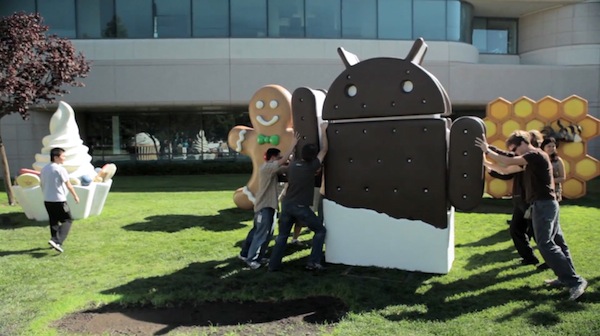
Released in October 2011, Android’s Ice Cream Sandwich version brought several new features. It combined many of the options of the tablet-only Honeycomb version with the smartphone-oriented Gingerbread. It also included a “favorites tray” on the home screen, along with the first support for unlocking a phone by using its camera to take a picture of its owner’s face. That kind of biometric sign-in support has evolved and improved considerably since.
Other notable changes with ICS included support for all on-screen buttons, swipe gestures to dismiss notifications and browser tabs, and the ability to monitor your data usage over mobile and Wi-Fi.
Android 4.1-4.3 Jelly Bean

The Jelly Bean era in Android history began in June 2012 with the release of Android 4.1. Google quickly released versions 4.2 and 4.3 under the Jelly Bean label in October 2012 and July 2013, respectively.
Some of the new additions in these software updates included new notification features that displayed more content or action buttons, along with full support for the Android version of Google’s Chrome web browser, which was included in Android 4.2. Google Now also made an appearance as part of Search, while “Project Butter” was introduced to speed up animations and improve Android’s touch responsiveness. External Displays and Miracast also gained support, as did HDR photography.
Android 4.4 KitKat

Android 4.4 is the first OS version that used a previously trademarked name for a piece of candy. Before officially launching in September 2013, the company released hints at its Google I/O conference that year that the codename for Android 4.4 would be “Key Lime Pie.” Indeed, most of Google’s Android team thought that would be the case as well.
As it turned out, Google’s director of Android global partnerships, John Lagerling, thought that “Key Lime Pie” would not be a familiar enough name to use worldwide. Instead, he decided to do something different. He contacted Nestle, the creators of the KitKat bar, and asked them if they could use the name for Android 4.4. Nestle agreed, and KitKat became the name of the next Android version. It was an experiment in marketing that Google didn’t rekindle until the launch of Oreo (we’ll get to that).
KitKat didn’t have many new features, but it did have one thing that helped expand the overall Android market. It optimized Android to run on smartphones with as little as 512 MB of RAM. This allowed phone makers to use the latest version of Android on much cheaper handsets. Google’s Nexus 5 smartphone was the first with Android 4.4 pre-installed.
Android 5.0 Lollipop
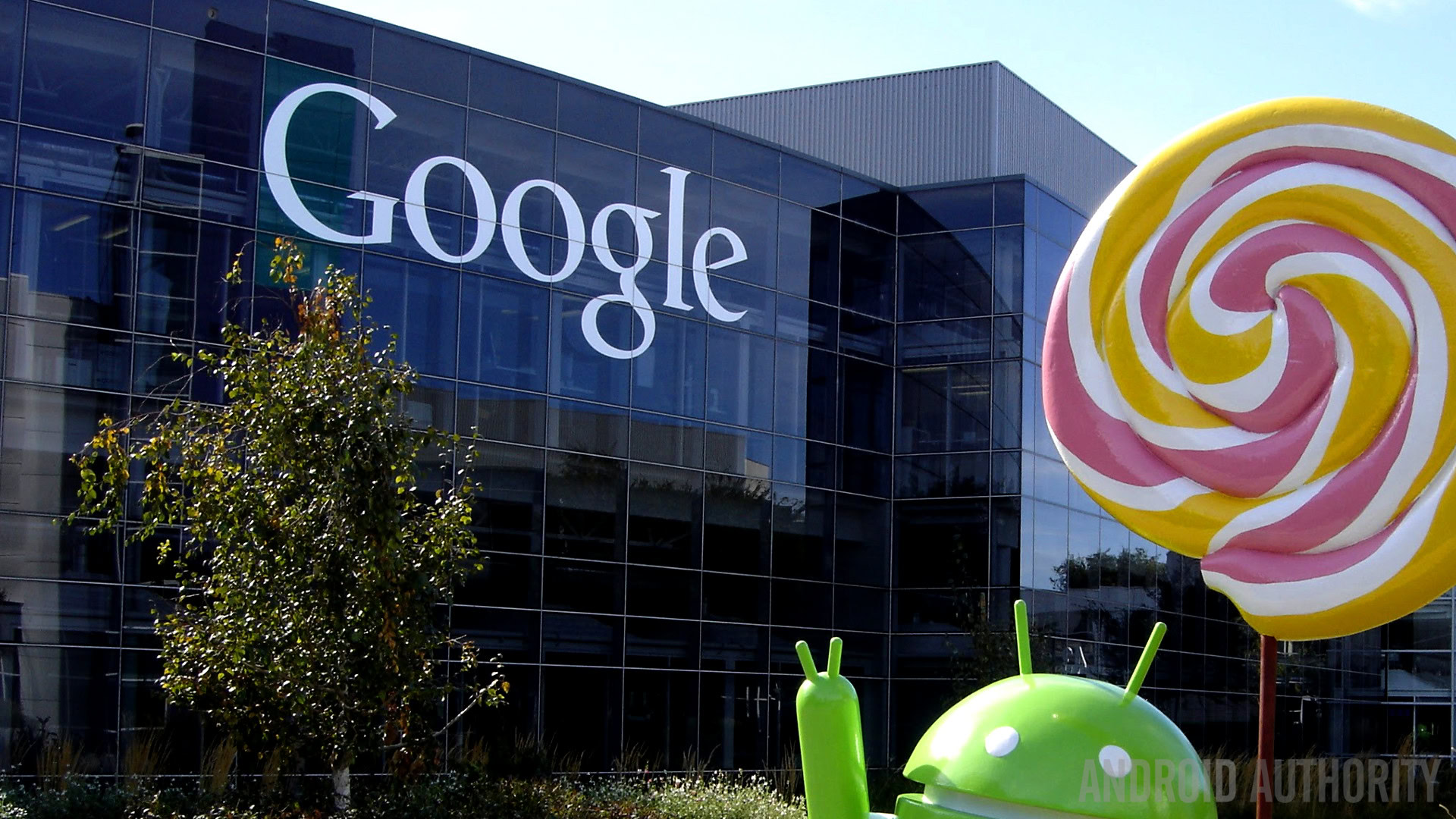
First launched in the fall of 2014, Android 5.0 Lollipop was a major shakeup in the overall look of the operating system. It was the first version of the OS that used Google’s new Material Design language. It made liberal use of lighting and shadow effects, among other things, to simulate a paper-like look for the Android user interface. The UI also got some other upgrades, including a revamped navigation bar, rich notifications for the lock screen, and much more.
The subsequent Android 5.1 update made a few more under-the-hood changes. This included official support for dual-SIM, HD Voice calls, and Device Protection to keep thieves locked out of your phone even after a factory reset.
Google’s Nexus 6 smartphone and Nexus 9 tablet were the first devices to have Lollipop pre-installed.
Android 6.0 Marshmallow
Released in the fall of 2015, Android 6.0 Marshmallow used the sweet treat favored by campers as its main symbol. Internally, Google used “Macadamia Nut Cookie” for Android 6.0 before the official Marshmallow moniker marked its place in Android history. It included features such as a new vertically scrolling app drawer, along with Google Now on Tap, native support for fingerprint biometric unlocking, USB-C support, the introduction of Android Pay (now Google Pay), and much more.
The first devices that shipped with Marshmallow pre-installed were Google’s Nexus 6P and Nexus 5X smartphones. It also came on the Pixel C tablet.
Android 7.0 Nougat
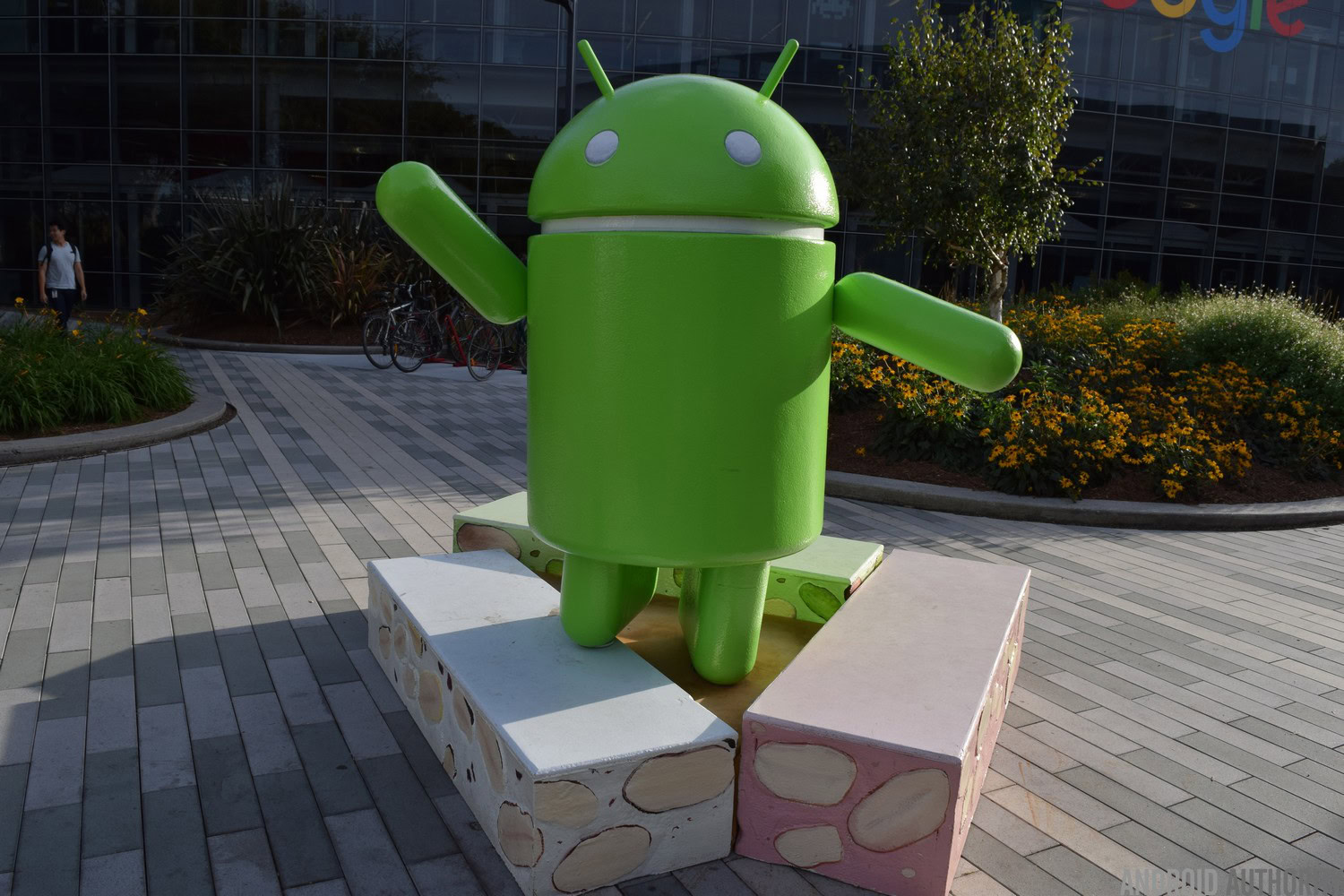
Version 7.0 of Google’s mobile operating system launched in the fall of 2016. Before the reveal of Nougat, Google internally called Android N “New York Cheesecake.” Nougat’s many new features included better multi-tasking functions for the growing number of smartphones with bigger displays, such as split-screen mode, along with quick switching between apps.
Google made some big changes behind the scenes, too. It switched to a new JIT compiler to speed up apps, supported the Vulkan API for faster 3D rendering, and enabled OEMs to support its now-defunct Daydream VR platform.
Google also used the release to make a bold push into the premium smartphone market. The company’s own Pixel and Pixel XL, along with the LG V20, were the first to be released with Nougat pre-installed.
Android 8.0 Oreo
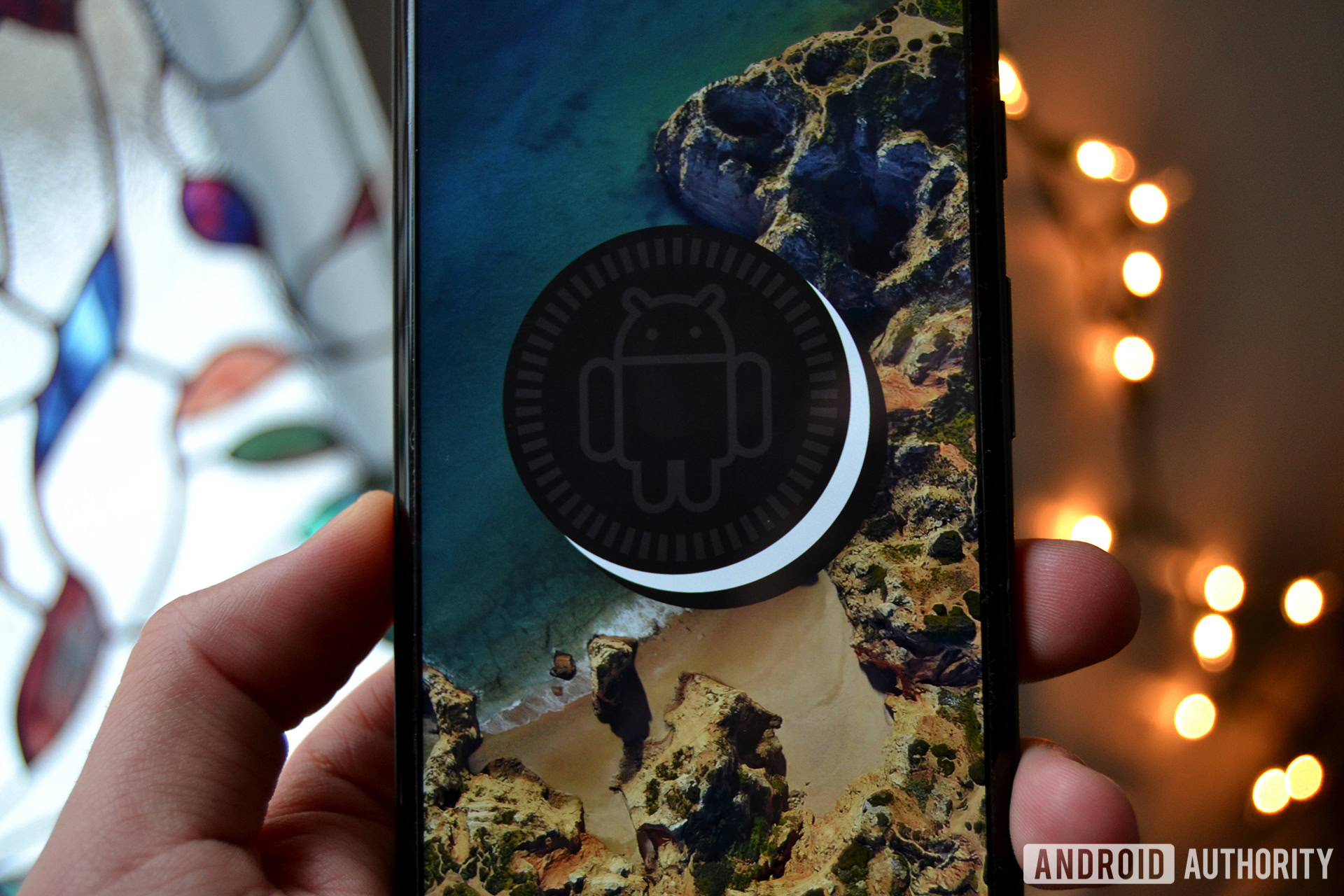
In March 2017, Google officially announced and released the first developer preview for Android O, also known as Android 8.0. Before that release, Hiroshi Lockheimer, the senior vice president of Android at Google, posted a GIF of an Oreo cake on Twitter (now X)— the first solid hint that Oreo, the famous cookie, would indeed be the official codename for Android 8.0.
In August, Google confirmed the cookie-inspired public name for Android 8.0. It was the second time the company chose a trademarked name for Android (Nabisco owns Oreo). In a break from its tradition, Google showed off the Android Oreo mascot statue for the first time at a press event in New York City. Later that day, Google erected a second statue at its main headquarters.
Android Oreo packed in lots of visual changes to the Settings menu. It also included native support for picture-in-picture mode, notification channels, new autofill APIs to manage passwords better and fill data, and much more. Android Oreo first came installed on Google’s own Pixel 2 phones.
Android 9.0 Pie
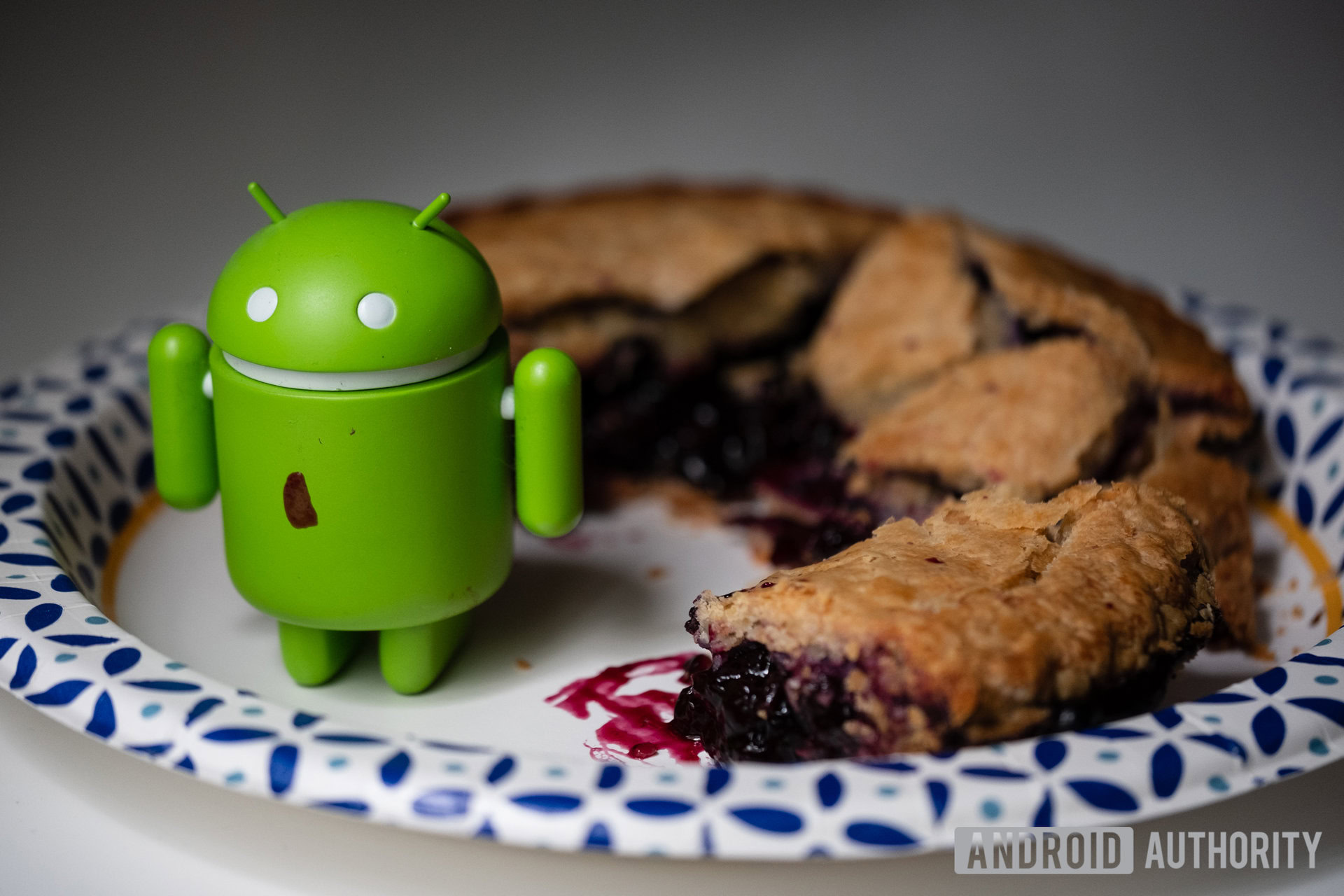
Google launched the first developer preview of the next major Android update, Android 9.0 P, on March 7, 2018. On August 6, 2018, the company officially launched the final version of Android 9.0. The official codename was “Pie.”
Android 9.0 Pie included some significant new features and changes, which proved to be important in Android history. One of them ditched the navigation buttons in favor of one elongated button in the center. Swiping up from it brings up Overview. You can swipe left to see all your recently opened apps. It’s also possible to drag the home button to the right to scroll through your apps quickly.
Android 9.0 Pie also included some new features designed to help extend your smartphone’s battery life. Android 3.0 achieves this using on-device machine learning. This predicts which apps you will use, and which apps you won’t use until later. Pie also has Shush. This feature automatically puts your phone in Do Not Disturb mode when you flip it over. There’s also Slices, which provides a smaller version of an installed app inside Google Search, offering certain app functions without opening the entire application.
As usual, Android 9.0 Pie was available first officially for Google’s Pixel phones, but it also launched on the Essential Phone at the same time.
Android 10
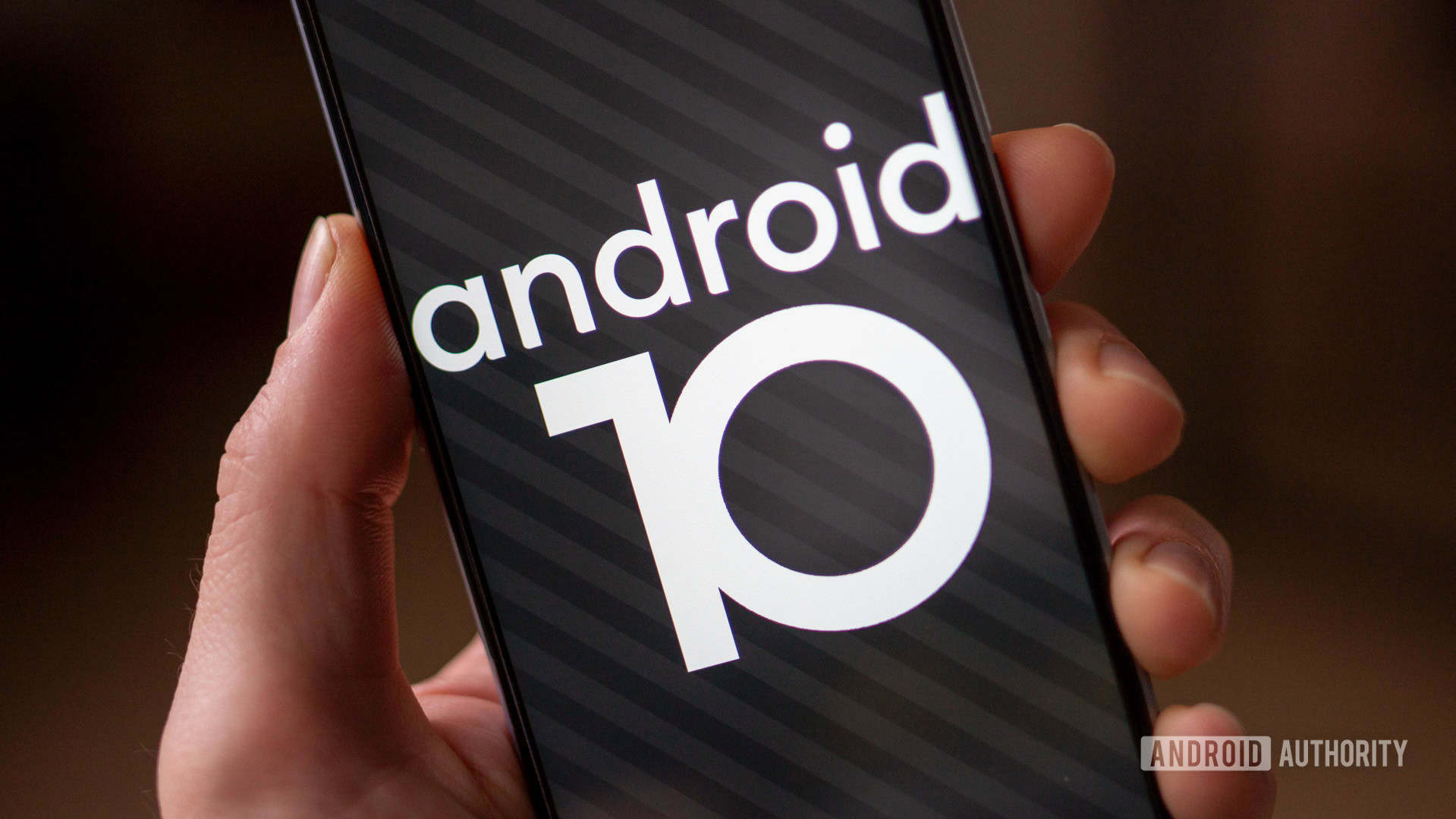
Ten versions after the launch of the OS, we got another major Android history milestone. Google launched the first official developer preview of Android Q, on March 13, 2019. On August 22, 2019, Google announced a significant refresh of the Android brand. That included a new logo and, more importantly, the decision to ditch the traditional dessert name for the next version. As a result, Android Q launched as Android 10. On September 3, 2019, it launched for Google’s Pixel devices.
Android 10 had many new features and improvements, as well as several new APIs. That included support for the rush of then-upcoming foldable phones. Android 10 also introduced a system-wide dark mode, along with new gesture-navigation controls, a more efficient sharing menu, smart reply features for all messaging apps, and more control over app-based permissions.
Android 11
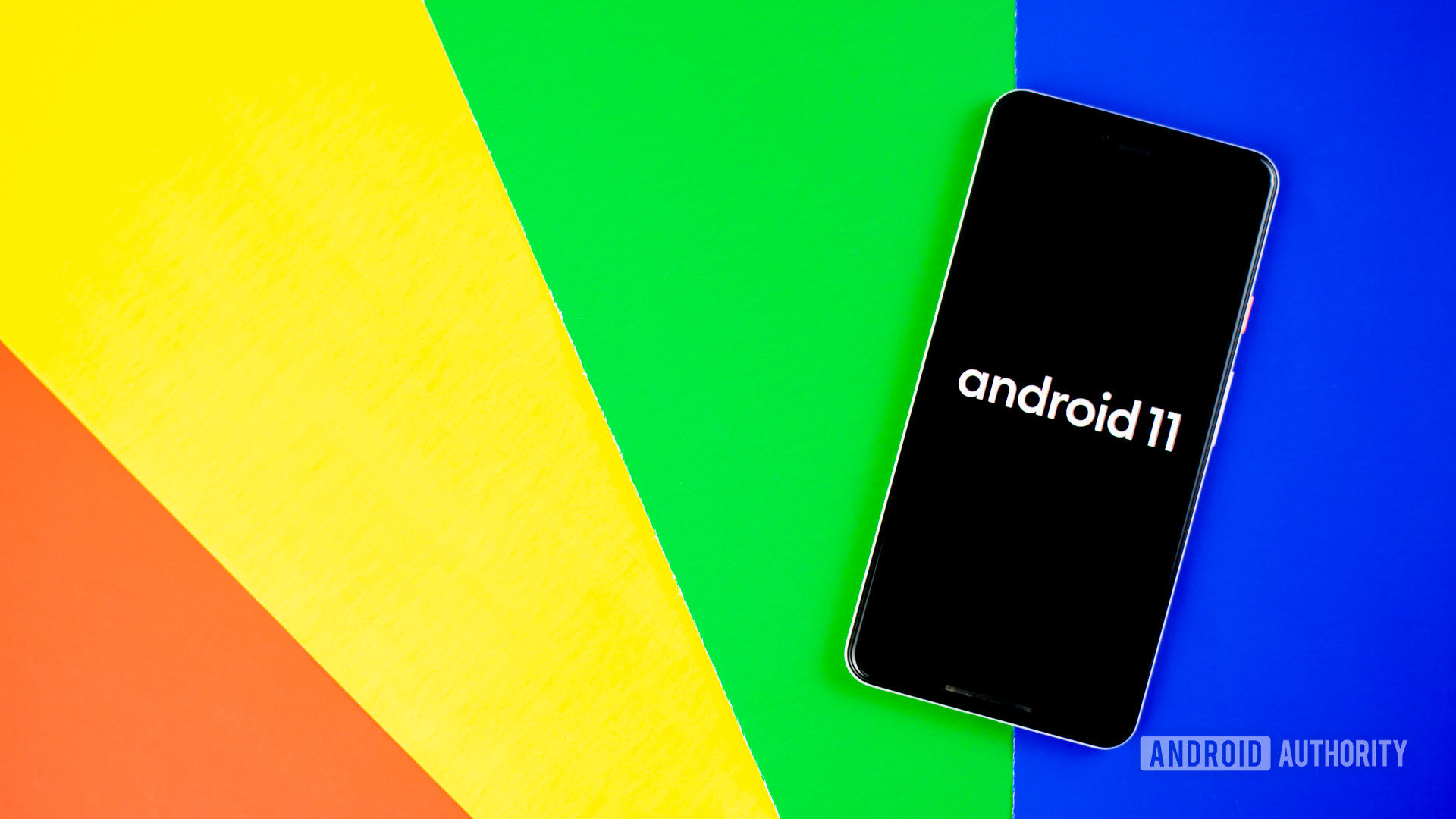
On February 18, 2020, Google launched the first Developer Preview for Android 11. After several more public beta releases, the final version of Android 11 launched on September 8, 2020.
Android 11 arrived with plenty of new features. That includes a new Conversations notification category where the system gathers all of your chats from various apps. You also got the option to save every notification that has appeared on your phone in the past 24 hours. There was also a feature that allowed you record your phone’s screen, complete with audio, without needing a third-party app. A section of Android 11 dedicated to controlling smart home devices was included, too.
Pixel phones, however, got an Android 11 exclusive feature. It used AI and machine learning to control which apps appear on your phone’s dock.
Google mounted its traditional statue to celebrate Android 11’s launch, but it also released an AR version of the statue for all Android ARCore phones. It even came with a couple of Easter Eggs, including a recipe for making red velvet cake. That also happens to be the internal codename for the OS at Google.
Android 12
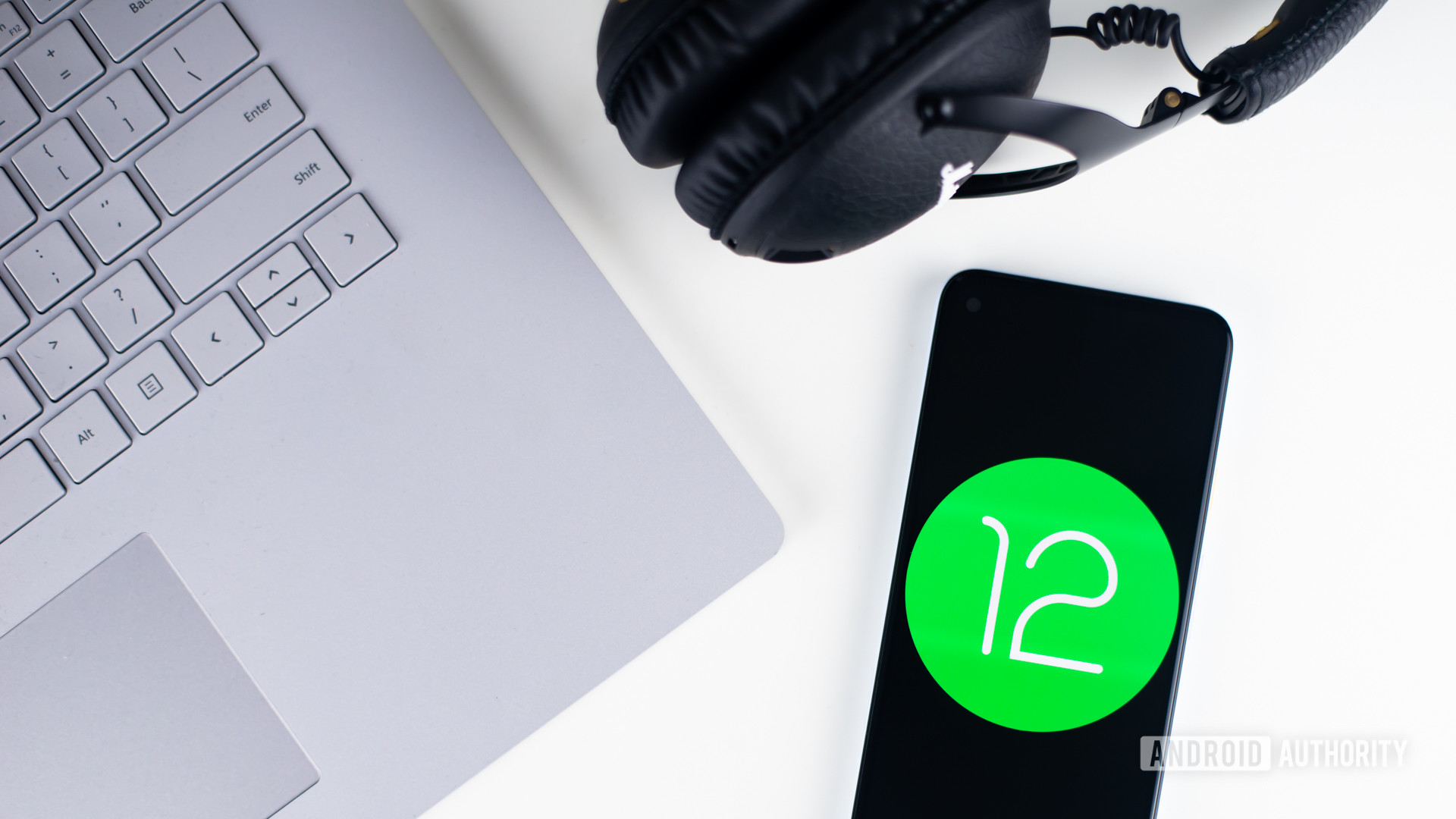
Android 12 first launched on February 18 in a Developer Preview version. While the internal code name for the OS was reported to be “Snow cone,” this software update was simply released as “Android 12.”
Android 12 was officially launched on October 19, 2021, alongside the Pixel 6 series. Likely the most significant upgrade you’ll notice in this software version is a complete overhaul of the user interface. Google returned to the drawing board to create a more dynamic and relatable interface. They’ve called it Material You.
Material You blends multiple elements into a single design language across the whole Android experience. For example, the UI can extract colors from your wallpaper and use them to theme the rest of the experience. Widgets became easier to use and much more adaptable to their environment. Quick Settings turned into larger tiles for easier access. The Settings menu got a cleaner look with larger text. There are also smoother animations.
There was also a variety of other minor improvements. These included scrollable screen captures, nicer notifications, App Search, easier Wi-Fi sharing with Nearby Share, One-handed mode, audio selection access from the media player, and more. We have a post with all the Android 12 features if you want to dig deeper into this OS version.
In March 2022, Google launched a big update, Android 12L. Most of its new features were designed for devices with bigger screens, like tablets and foldable phones. They include multiple split-screen orientations and sizes. Other features included a way to see notifications and the quick settings menu side-by-side, a PC-like taskbar, and more.
Android 13
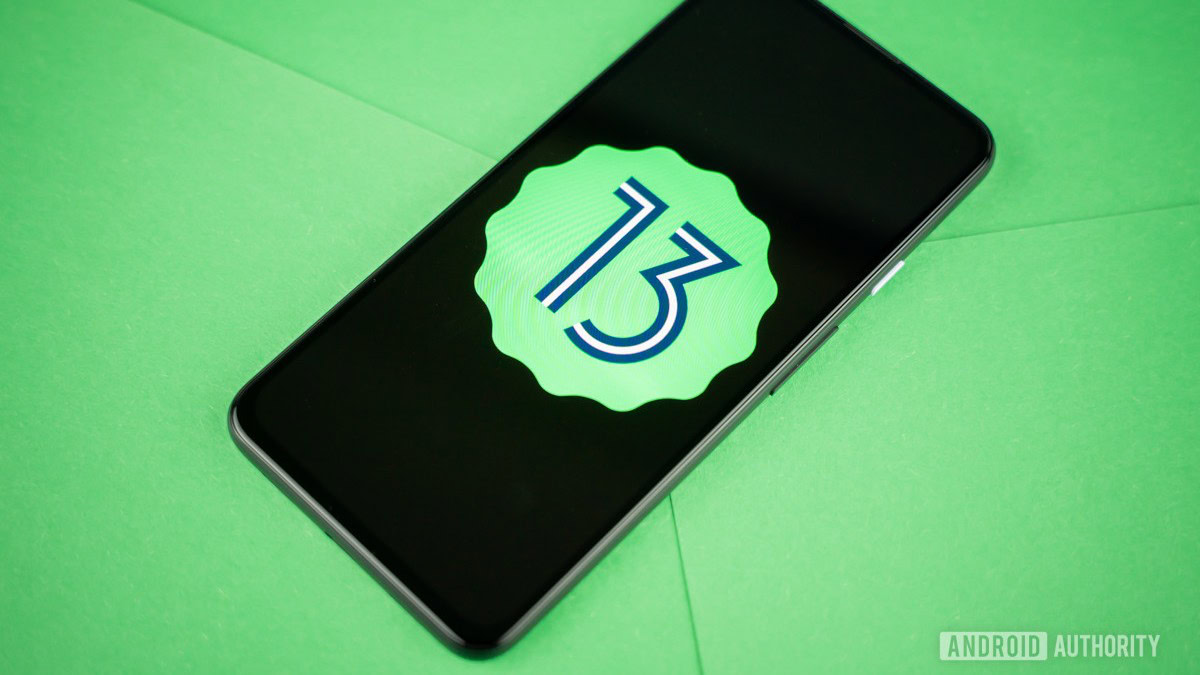
Google launched the first developer preview of Android 13 in February 2022, and the first public beta for Pixel devices launched in April 2022. The stable version then launched on August 15, 2022. By the way, the internal code name for Android 13 is “Tiramisu.” However, as with the other latest Android versions, this internal desert name never reached the official name. It’s just Android 13.
Android 13 is more of an incremental update over Android 12. The design and general look stayed very similar, but some pretty nice Android 13 features were added to the portfolio. Google added some extra Material You theme options, a Now Playing widget, a more intuitive QR scanner, native Bluetooth LE audio support, per-app language settings, locked screen smart home controls, and access to digital car keys. There are also plenty of security and privacy features.
Android 14
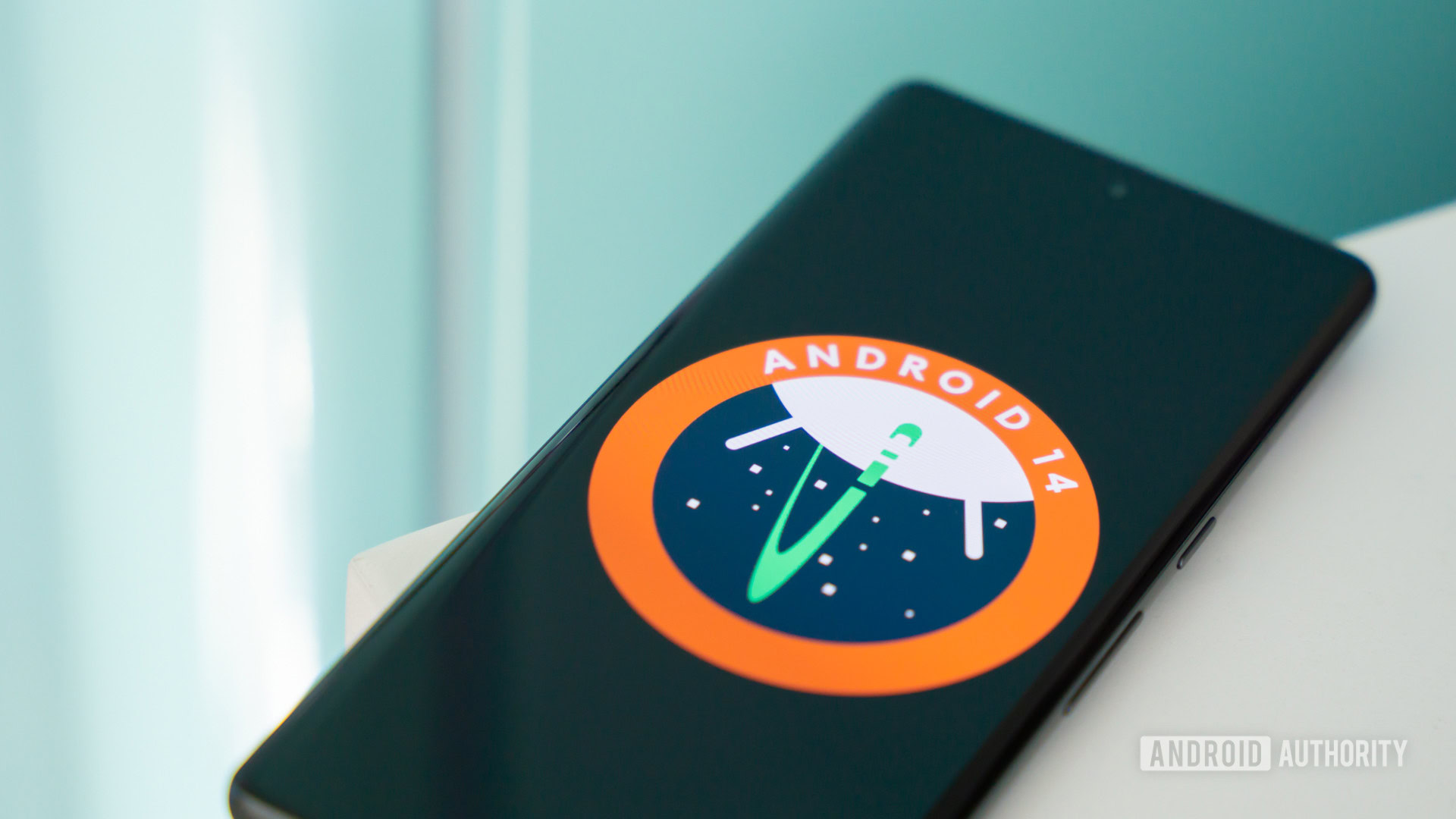
The previous Android version codename was “Upside Down Cake.” The first developer preview of Android 14 came out on February 8, 2023. It launched along with the Google Pixel 8 series in October of the same year, and has been making it to other devices since then.
Android 14 comes with great features. Some include the ability to make the font larger, notification flashes, language improvements, battery-focused improvements, more granular access to photos and videos, and more. There are also cool customization features, such as Emoji wallpapers, custom lock screens, etc.
Overall, Android 14 is primarily about refinement and evolution, more so than it is about innovation. It builds upon Android 13 and brings a bunch of minor upgrades across the whole experience.
Android 15
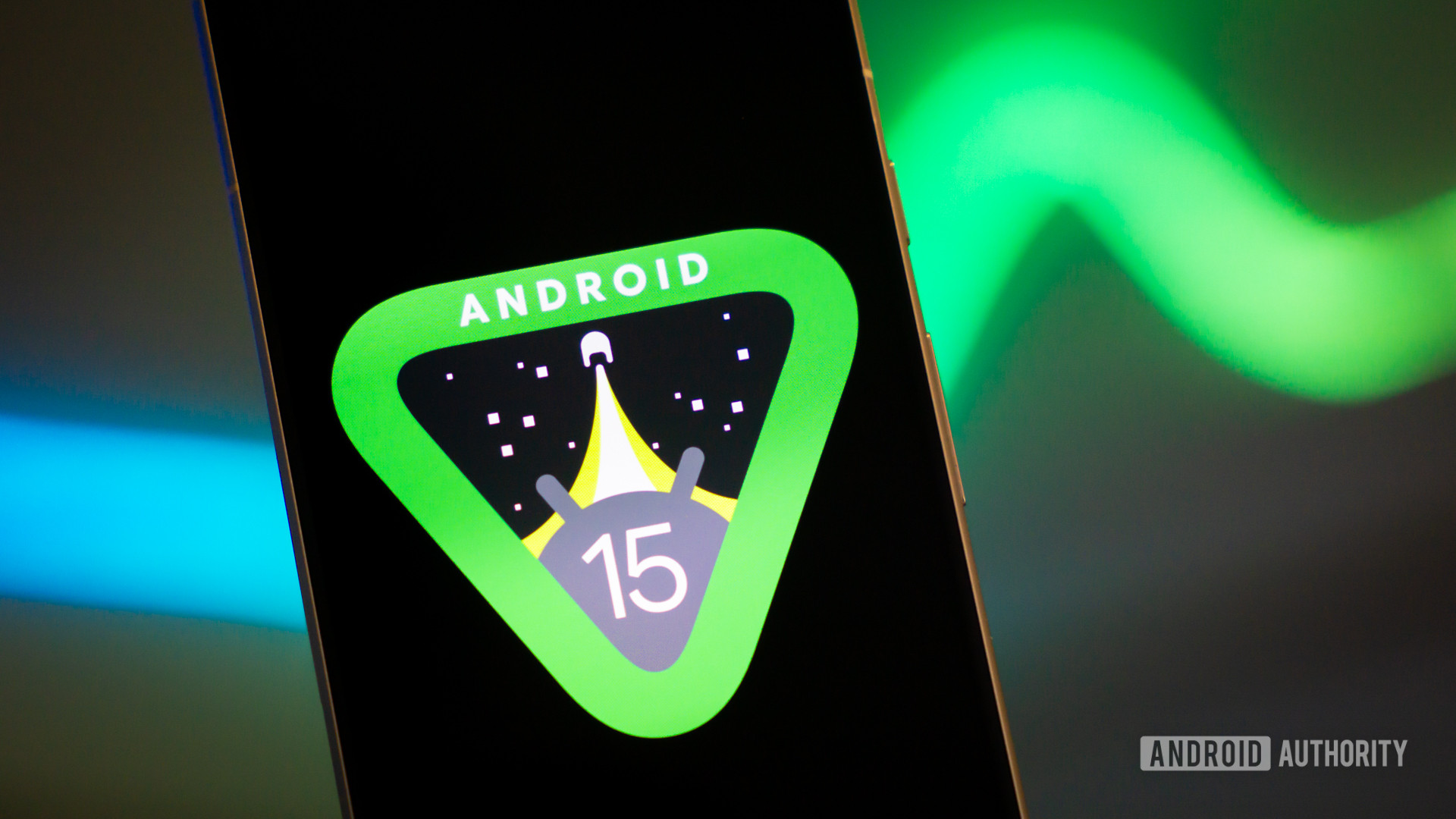
What’s next? Well, Android 15, of course. This software version officially launched on October 15, 2024. The internal name was “Vanilla Ice Cream,” but of course, the software version was released as simply Android 15.
Android 15 was all about optimization, and added a bevy of features that will improve your general experience, without completely overhauling it. One of the main features is the introduction of Theft Detection Lock. This uses AI to determine when a phone is stolen from you, such as if someone takes it off your hands and starts running or driving away.
Google also introduced privacy features, such as Private Space, which allows you to hide specific applications and content from plain view, and locking them behind a passcode. With foldable smartphones becoming much more relevant, Google also decided to introduce some improvements to foldables and tablets. You’ll now be able to pin and unpin the task bar, and create split-screen shortcuts with predetermined apps.
Other great features include Low Light Boost, satellite support for carrier messaging apps, app Passkey support, and more. If you want to learn more, we have a guide with all the main Android 15 features here.
The future of Android history
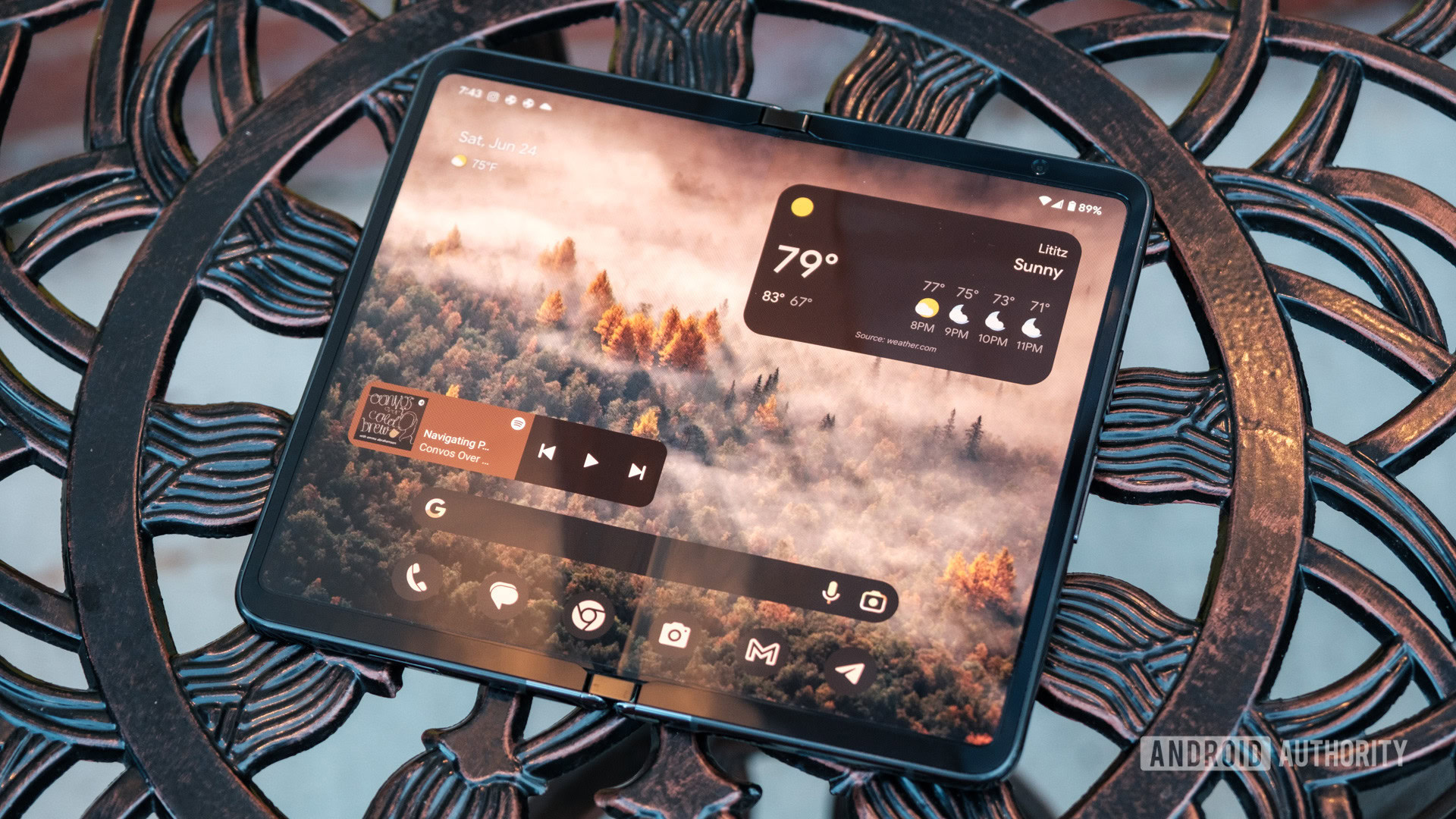
Android history shows the mobile OS has come a long way since its humble beginnings. It is the leading mobile operating system worldwide, with over 71% market share.
The Mountain View company is still furthering the development of Android. There are signs its long-term plans could extend further afield, though.
Android continues to go from strength to strength, but there are challenges ahead.
In the meantime, Android continues to go from strength to strength — though challenges are on the horizon.
The Android history with update rollouts has improved thanks to initiatives like Project Treble and Project Mainline, but fragmentation is still a concern. Likewise, while companies like Samsung and OnePlus have committed to offering up to seven years of OS upgrades and security updates, many OEMs still end support at two years or even just 12 months.
Google’s flagbearer in Android history — the Google Pixel series — continues to divide critics and consumers. However, the genuine concern is the increasingly experimental form factors from other phone makers — form factors that stretch the boundaries of Android’s current capabilities. Foldable phones may be a nascent category with luxury price tags and niche appeal, but they’ve already exposed the weaknesses of Android as an OS for larger screen sizes.
While it may soon need to adapt to unique designs, Android will likely continue to dominate the market. The OS comes on phones sold for less than $100. It’s also available in expensive flagship devices that cost well over $1,000. That flexibility, combined with yearly updates, should ensure Android will remain the leader in this industry for years to come.
